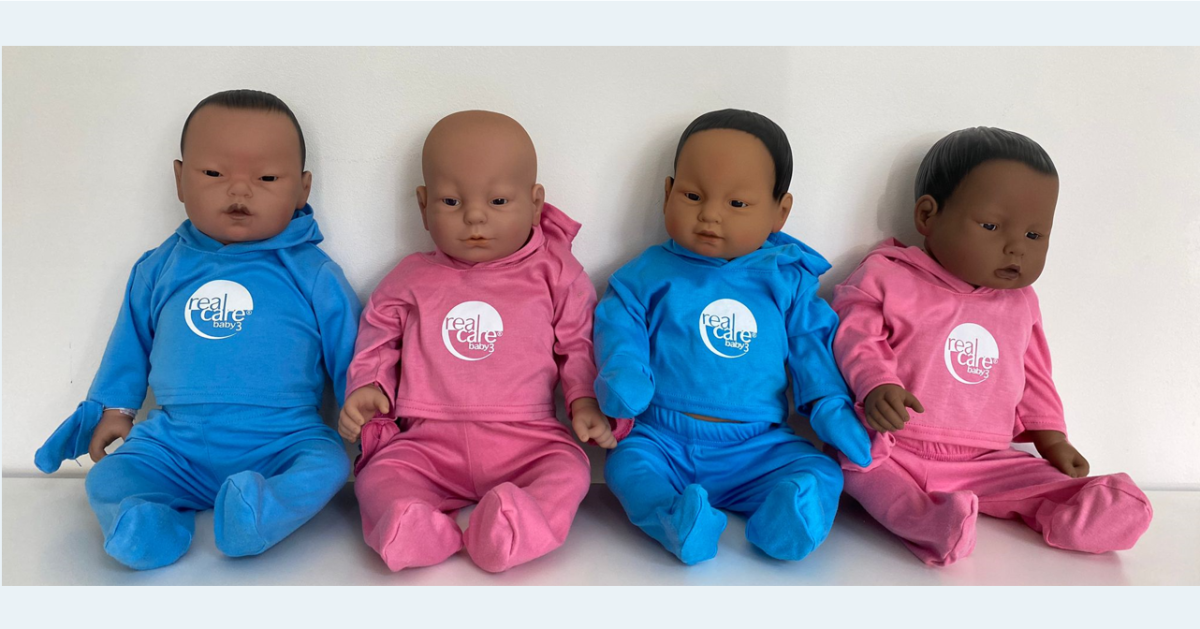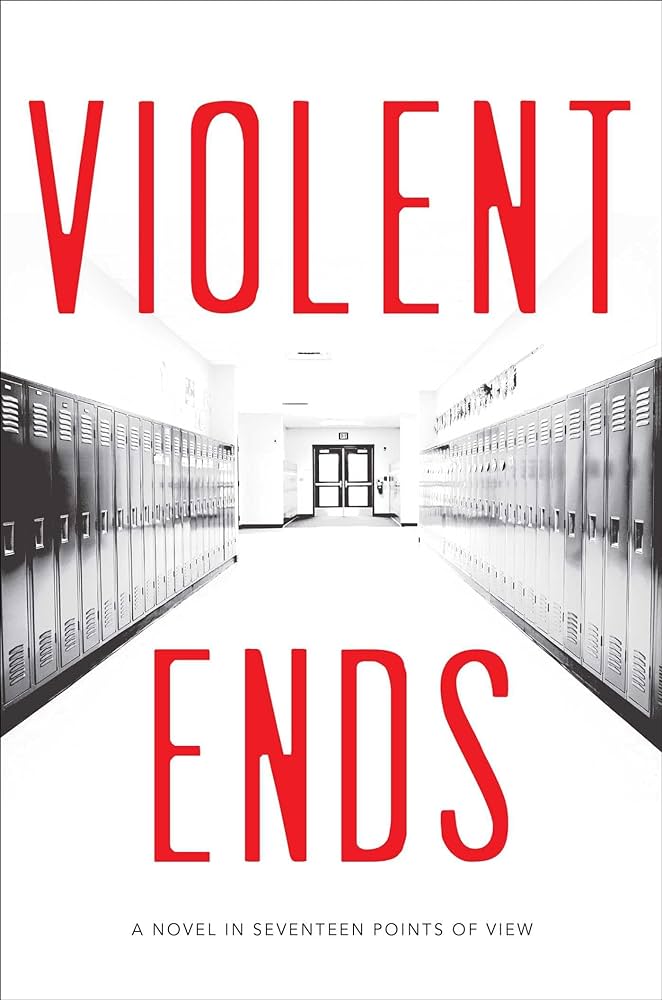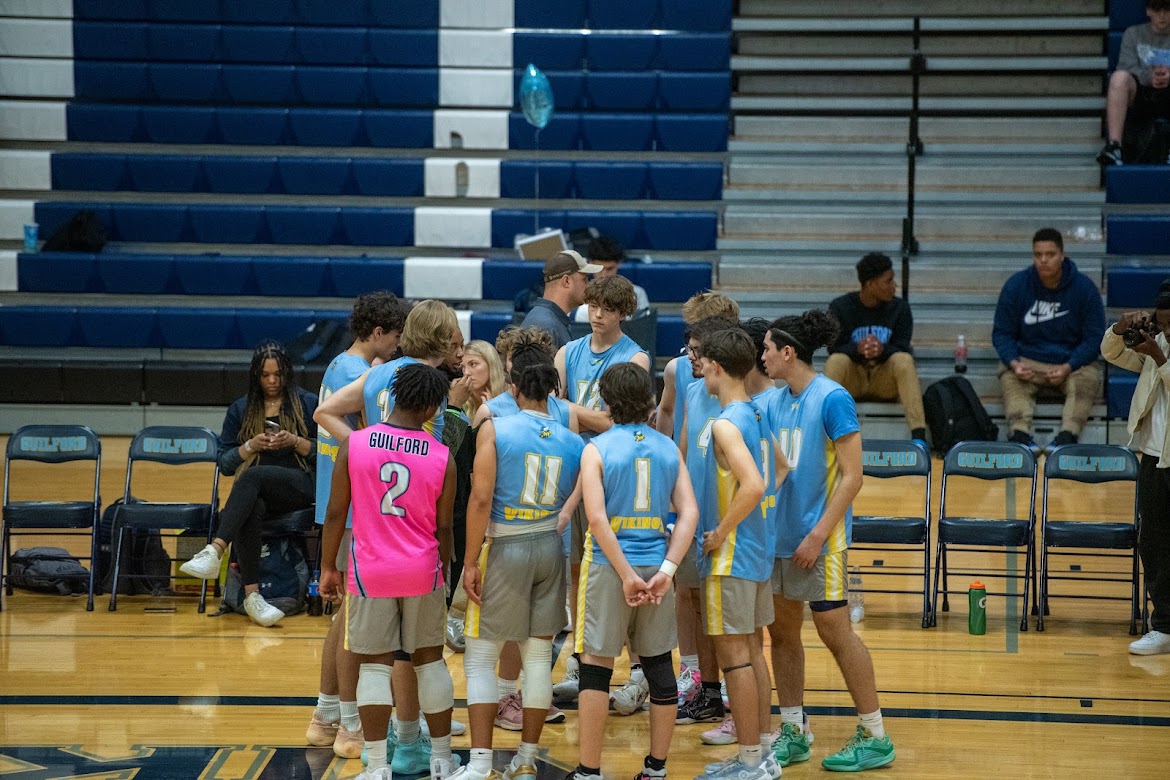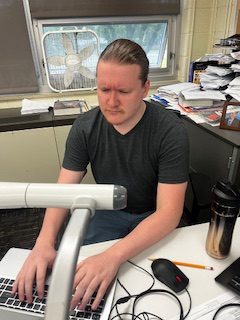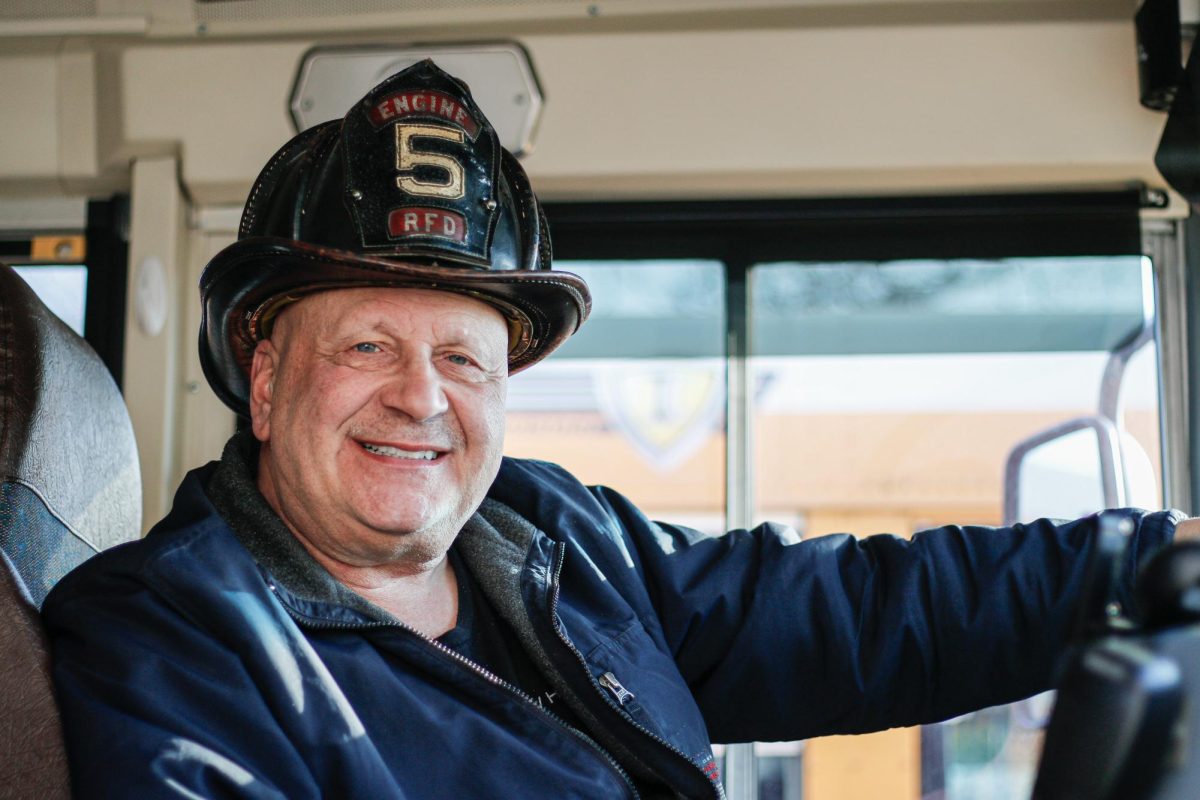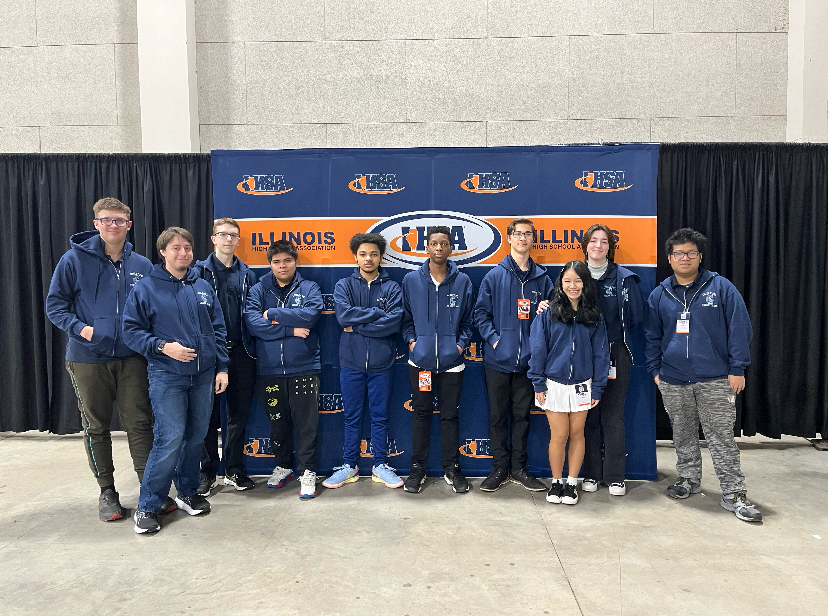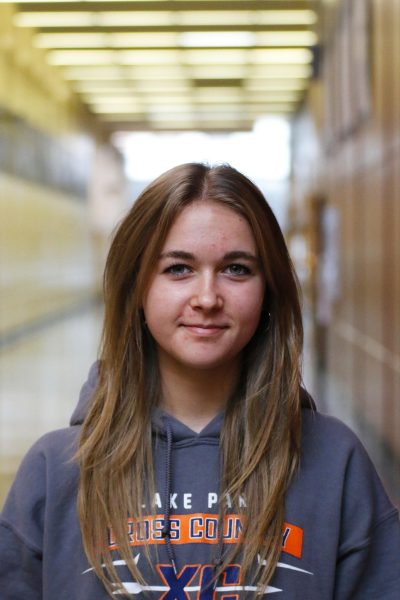That time of the year has finally come around again. The district-owned RealCare infant simulators are being released for classes to take home. But these babies are no ordinary dolls.
This assignment is unlike any other homework or take-home test. The babies demand your attention throughout the night, and often keep you up late and wake you up early.
“I only got about 4 hours of sleep,” said Hailey Karsten, sophomore.
Taking care of these infant simulators is a great responsibility, for a number of reasons. Not only is your experience with them a large part of your grade, but there is a fine for defacing them or their property in any way.
The babies come with a carseat and a diaper bag filled with various objects you will need to use during your time with them. These things include a spare diaper, a blanket, a bottle, and a bag of baby-powder-scented beadlets, to keep your baby smelling nice.
“I would say that 99% of the time, babies return exactly the way that they left school,” said Ms. Shannan Callahan, the Child Development teacher. “Students take very good care of their babies.”
These simulators are designed to give you the impression that you are caring for a real baby. They can be programmed to act as newborns, weeks old, or even months old. There are fifteen different schedules your baby can be programmed for, each varying somewhat. These schedules determine when your baby will cry, and what it will be crying for.
There are six reasons your baby may cry. It may cry routinely because it needs to be fed, or have its diaper changed, or be burped, or just rocked. It also may be fussy for up to two minutes, but it is best just to rock your baby for that time. The last reason they will cry is from pain. This can be from rough handling, being shaken, being held in a wrong position, or having its head fall back from lack of support. Cries from pain can occur 23 times before the baby will go into abuse mode. When it goes into abuse mode, the baby shuts off and you automatically fail.
“The experience varies,” said Ms. Callahan. “Some students have more opportunities with younger siblings and cousins, so they’re used to very young children. But overall, it’s a very eye-opening experience for students, because they’re trusted to provide care all on their own.”


